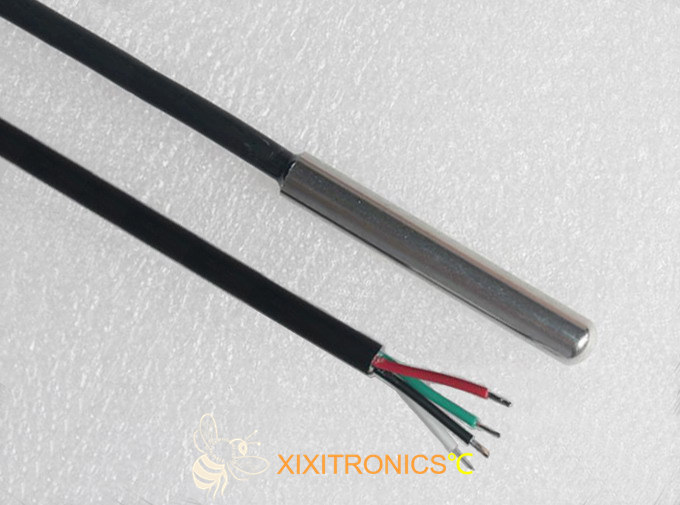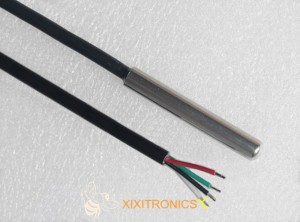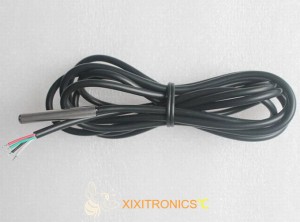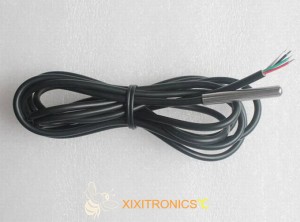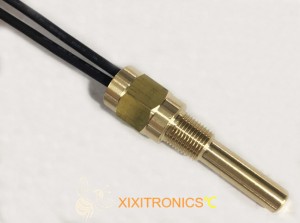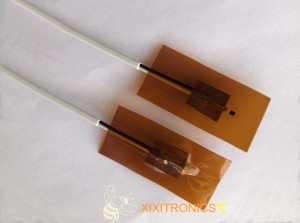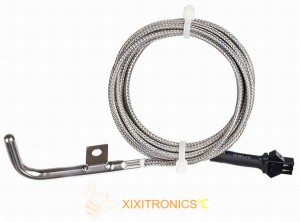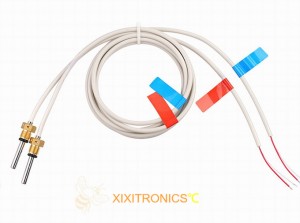4 Wire PT100 RTD Temperature Sensors
4 Wire PT100 RTD Temperature Sensors
The connection of two leads at each end of the root of a platinum resistor is known as a four-wire system, where two of the leads provide a constant current to the platinum resistor! , which converts R into a voltage signal U, and then leads U to the secondary instrument via the other two leads.
Because the voltage signal is led directly from the starting point of the platinum resistance, it can be seen that this method can completely eliminate the effect of the resistance of the leads, and is mainly used for high-precision temperature detection.
What is the difference between two-wire, three-wire and four-wire system ?
Several connection methods have their own characteristics, the application of two-wire system is the simplest, but the measurement accuracy is also low. The three-wire system can better offset the influence of lead resistance and is widely used in industry. The four-wire system can completely offset the influence of lead resistance, which is mainly used in high-precision measurement.
Parameters And Characteristics:
| R 0℃: | 100Ω, 500Ω, 1000Ω, | Accuracy: | 1/3 Class DIN-C, Class A, Class B |
|---|---|---|---|
| Temperature Coefficient: | TCR=3850ppm/K | Insulation Voltage: | 1800VAC, 2sec |
| Insulation Resistance: | 500VDC ≥100MΩ | Wire: | Φ4.0 Black Round Cable ,4-Core |
| Communication Mode: | 2 Wire、3 Wire 、4 Wire System | Probe: | Sus 6*40mm, Can Be Made Double Rolling Groove |
Features:
■ A platinum resistor is built into the various housing
■ Proven long term Stability and Reliability
■ Interchangeability and High Sensitivity with High precision
■ Product is compatible with RoHS and REACH certifications
■ SS304 tube is compatible with FDA and LFGB certifications
Applications:
■ White goods, HVAC, and Food sectors
■ Automotive and Medical
■ Energy management and Industrial equipment

